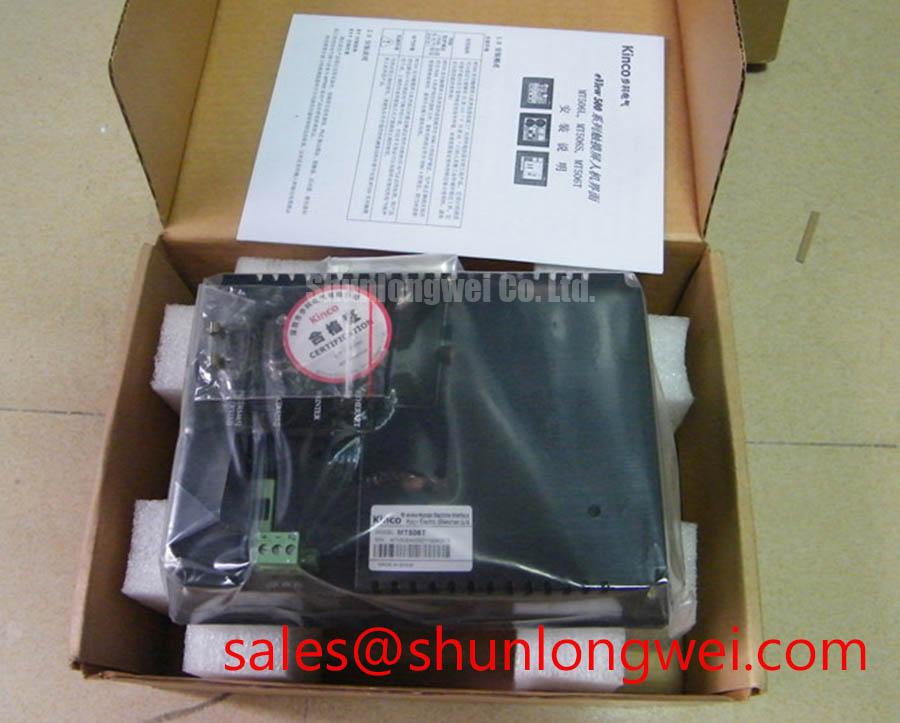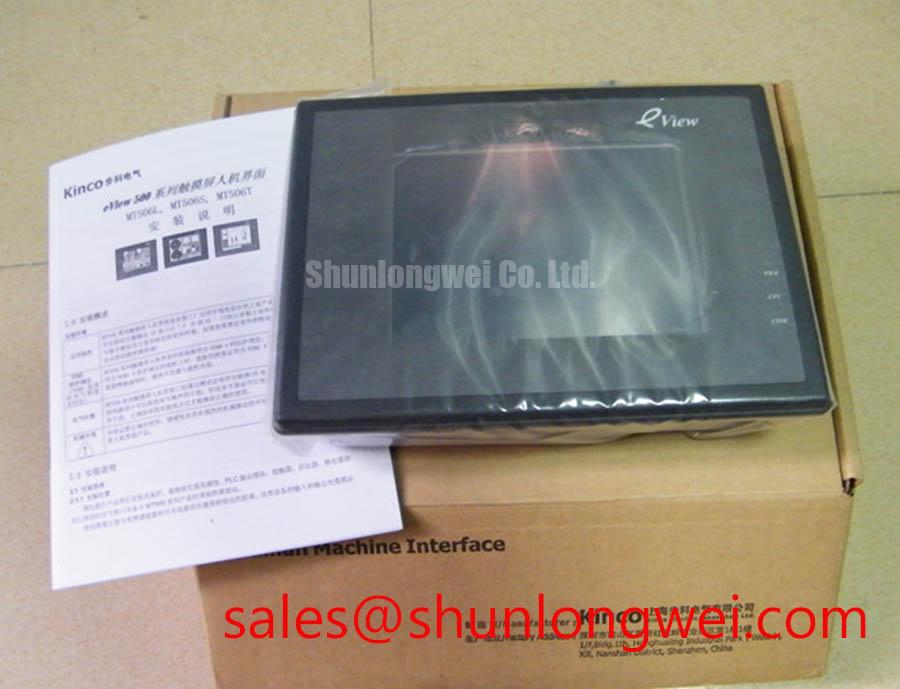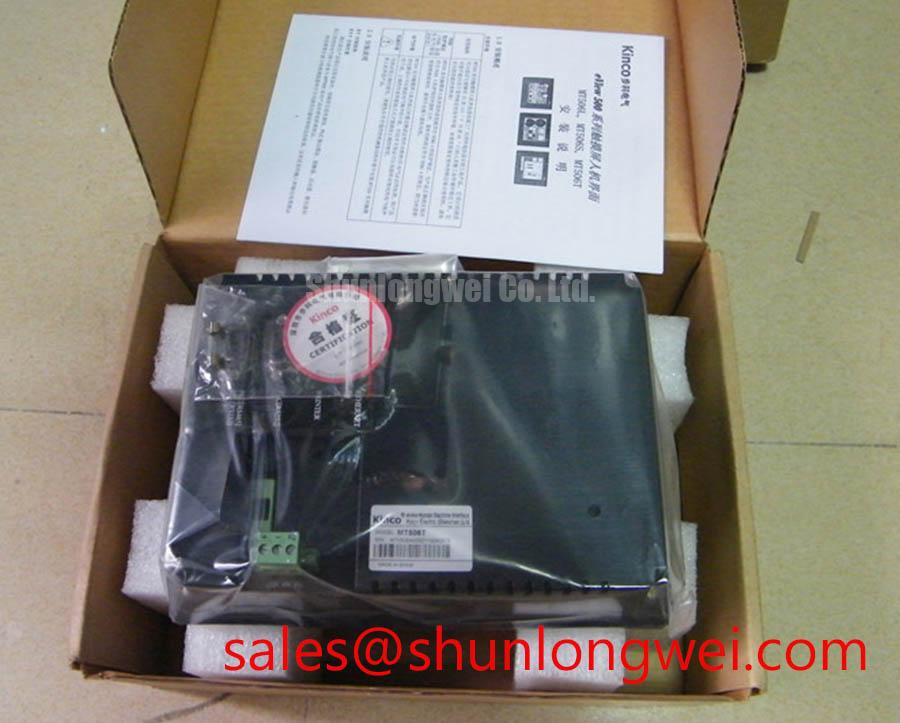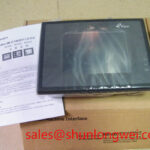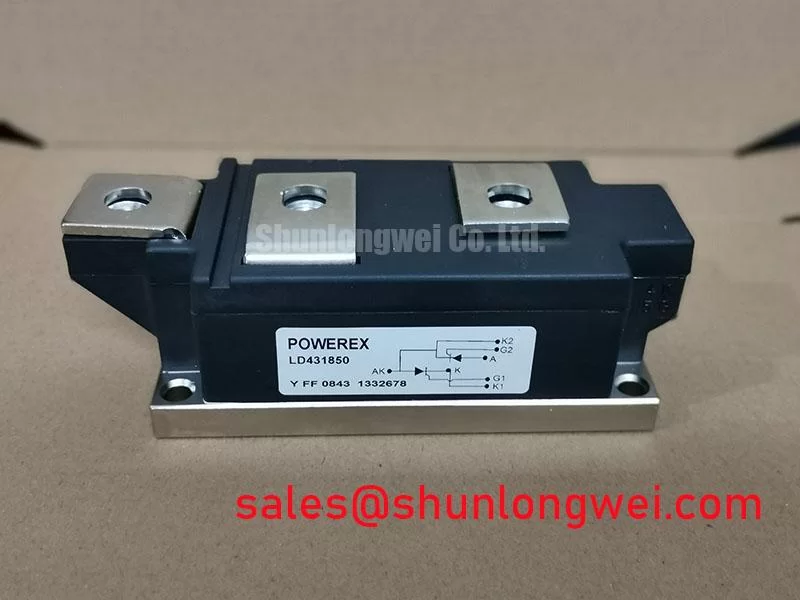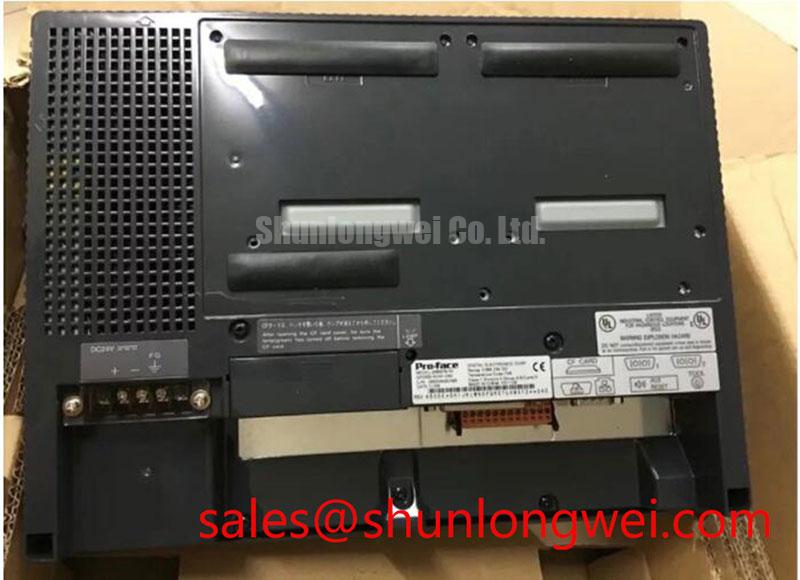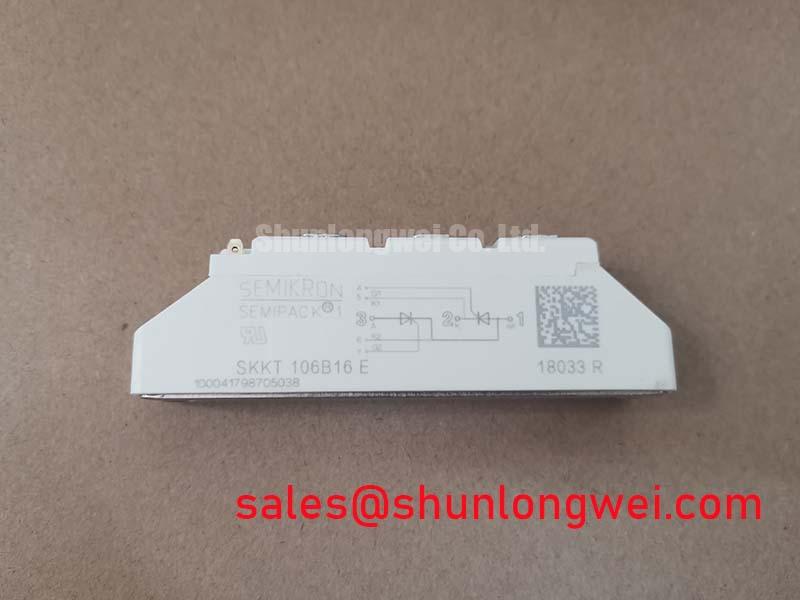Content last revised on October 26, 2025.
MT506SV4CN: 5.6-Inch HMI for Streamlined Industrial Control and Integration
Product Overview
A Compact HMI Focused on Versatile Connectivity and Rapid Development
The MT506SV4CN is a Human Machine Interface (HMI) engineered for efficient system integration and reliable performance in industrial automation environments. Its core value lies in providing a compact yet powerful control hub with versatile communication options. With its 5.6-inch TFT display, 32-bit RISC processor, and multiple communication ports, this HMI serves as a practical solution for machine control and data visualization. Key benefits include simplified connectivity to diverse peripherals and accelerated application development. For applications requiring a responsive and straightforward interface for machine-level control, the MT506SV4CN offers a well-balanced and cost-effective platform.
Application Scenarios & Value
System-Level Benefits in OEM Machine Building and Process Control
The MT506SV4CN is best suited for deployment in small to medium-scale industrial machinery where centralized control and clear visualization are paramount. Its design directly addresses the engineering challenge of integrating multiple serial devices without complex and costly gateways. For instance, consider a standalone packaging machine. An engineer can use one of the MT506SV4CN's COM ports to communicate with the primary PLC (Programmable Logic Controller) via RS485 Modbus for core machine logic, while simultaneously connecting the second COM port to a barcode scanner or a serial printer via RS232. This dual-port architecture streamlines the hardware layout, reduces wiring complexity, and simplifies the control software, leading to a faster time-to-market and a lower total cost of ownership. What is the primary benefit of its dual communication ports? Simplified integration of multiple serial devices like PLCs and sensors without extra hardware.
This capability makes it an effective choice for applications such as textile machinery, food processing equipment, and automated assembly stations. While the 5.6-inch display is ideal for compact control panels, for more complex SCADA systems or processes requiring greater data visualization, a larger panel like the G101EVN01.0 may be considered for its expanded screen real estate.
Key Parameter Overview
Decoding the Specifications for System Integration
The specifications of the MT506SV4CN are tailored to provide a reliable and responsive user interface platform. The combination of its processing power, memory, and communication interfaces ensures it can handle the demands of typical machine control applications. The functionally grouped parameters below highlight the key capabilities of this HMI.
| Functional Group | Specification | Engineering Value | |
|---|---|---|---|
| Display | Type | 5.6" TFT LCD | Provides clear and sufficient screen area for essential machine status and operator inputs. |
| Resolution | 320 x 234 Pixels | Delivers sharp graphics and text for unambiguous process visualization. | |
| Processing & Memory | CPU | 32-bit RISC CPU 200MHz | Ensures fast screen updates, responsive touch input, and timely execution of control logic. |
| Memory | 2M FLASH + 256K SRAM | Offers adequate storage for HMI projects, including screens, recipes, and alarm histories. | |
| Communication | COM Ports | COM0: RS232, COM1: RS485/RS232 | Enables flexible and simultaneous connection to a wide range of industrial devices. |
| Programming | PC (via RS232) | Provides a standard, reliable method for project download and configuration. | |
Note: The parameters listed above are for overview purposes. For complete electrical, mechanical, and environmental specifications, it is essential to consult the official product documentation.
Download the MT506SV4CN datasheet for detailed specifications and performance curves.
Technical Deep Dive
Implications of the Dual COM Port Architecture for Industrial Automation
The communication architecture of the MT506SV4CN is a cornerstone of its value proposition. Having two distinct COM ports, one of which is configurable for either RS485 or RS232, provides significant design flexibility. Think of these ports as two separate lanes on a highway. One lane (e.g., RS485) can be dedicated to the high-traffic, multi-drop communication required for a network of PLCs and drives, while the other lane (RS232) handles point-to-point traffic from a single device like a weigh scale or RFID reader. This segregation prevents data collisions and timing conflicts, ensuring that critical machine control communication is never delayed by data logging or other secondary tasks. This design simplifies system debugging and enhances the overall robustness of the control system, a key consideration detailed in guides to industrial HMI design.
Frequently Asked Questions (FAQ)
How do the dual COM ports on the MT506SV4CN benefit system design?
The dual COM ports allow the HMI to act as a mini-communication hub, connecting to different types of serial devices simultaneously. This eliminates the need for external protocol converters or gateways in many applications, which reduces hardware cost, simplifies wiring within the control panel, and streamlines software development, ultimately leading to a more integrated and cost-effective system.
What type of processor does the MT506SV4CN use and why is it important for an HMI?
It utilizes a 200MHz 32-bit RISC (Reduced Instruction Set Computer) processor. For an HMI, this is important because a RISC architecture is optimized for executing instructions quickly. This translates directly to a better user experience through fast screen transitions, immediate response to touch inputs, and efficient handling of communication protocols without noticeable lag, ensuring smooth and reliable machine operation.
For a comprehensive evaluation of your application's requirements, please refer to the official MT506SV4CN datasheet or contact our technical support team for further clarification on its features and integration capabilities.

